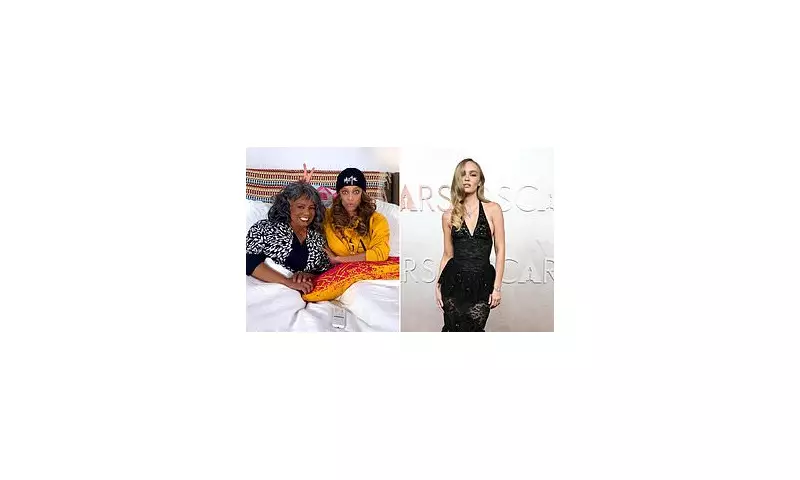
Walk through any British city centre and you'll witness a curious phenomenon: younger people striking identical poses for photos, their lips pursed in what's become known as 'the pout'. Meanwhile, their parents and grandparents beam with genuine, toothy smiles. This isn't just anecdotal observation - new research confirms we're living through a photographic expression divide.
The Great British Pose Divide
A comprehensive study examining photographic habits across generations has uncovered striking differences in how Brits present themselves to the camera. While those over 40 predominantly flash traditional smiles, younger generations have overwhelmingly adopted the pout as their default expression.
The research, conducted across multiple UK cities including London, Manchester and Birmingham, analysed thousands of social media photos and professional portraits. The findings reveal a clear generational split that experts attribute to decades of social media influence.
From Cheesy Grins to Chic Pouts
"What we're seeing is the culmination of twenty years of social media conditioning," explains Dr Eleanor Vance, a social psychologist at University College London. "Millennials were the first generation to grow up with platforms like MySpace and Facebook, where the 'duck face' or pout became a hallmark of cool sophistication."
She continues: "Gen Z have taken this further, refining the pout into something more subtle and fashion-forward. Meanwhile, older generations maintain the cheerful grin that characterised pre-social media photography."
Why the Pout Prevails
Several factors explain the pout's dominance among younger Brits:
- Fashion influence: High-fashion models rarely smile in campaigns, making neutral or pouting expressions appear more stylish
- Control over appearance: Pouting helps create defined cheekbones and a slimmer facial appearance
- Social media consistency: Maintaining a consistent 'aesthetic' across feeds favours controlled expressions over spontaneous smiles
- Cultural shift: Smiling is increasingly seen as 'cheesy' or 'trying too hard' among younger demographics
The Psychological Impact
This shift in photographic expression may have deeper psychological implications. "When we repeatedly adopt certain facial expressions, we can actually influence our emotional state," notes Dr Vance. "The concern is that prioritising 'cool' over genuine expression could affect how younger people experience and display emotion in real life."
Some psychologists worry that the performative nature of social media poses might be creating a disconnect between internal feelings and external presentation, particularly among teenagers and young adults.
A British Cultural Shift
The trend appears particularly pronounced in the UK, where traditional British reserve seems to be evolving into carefully curated social media personas. From Brighton to Edinburgh, the pout has become the universal language of youthful photography.
As one 22-year-old participant from Leeds explained: "Smiling in photos feels a bit cringe now - like something your mum would do. The pout just looks better on Instagram and TikTok."
Meanwhile, her 55-year-old mother countered: "I don't understand why they all look so miserable! A proper smile shows you're happy and approachable."
What Next for British Smiles?
As Generation Alpha begins to enter their photo-taking years, the question remains: will the pout persist, or will a new expression emerge? Some trend forecasters predict a return to more natural, candid expressions as backlash against highly curated social media feeds grows.
For now, the great British photo pose divide continues, captured in family gatherings and tourist spots across the country - where genuine smiles and carefully crafted pouts stand side by side, telling the story of generational change in modern Britain.
